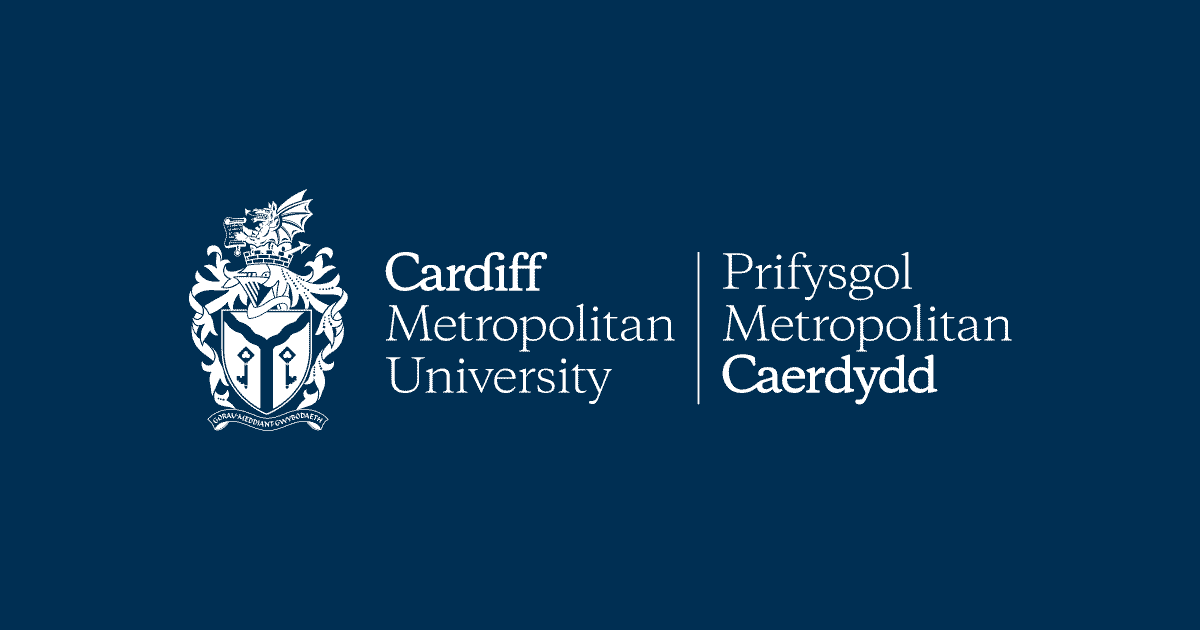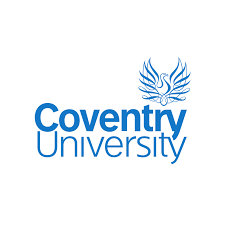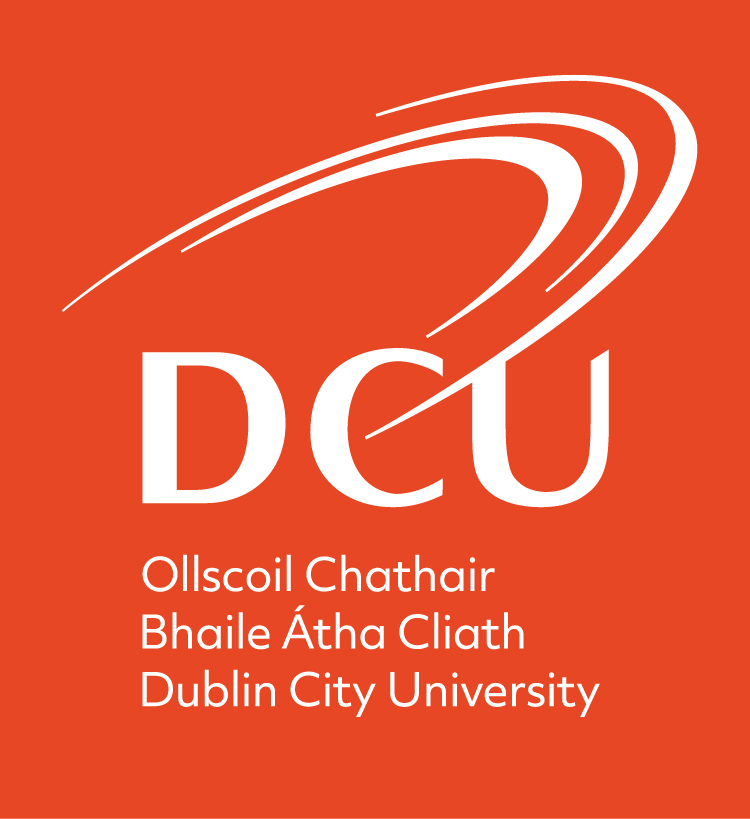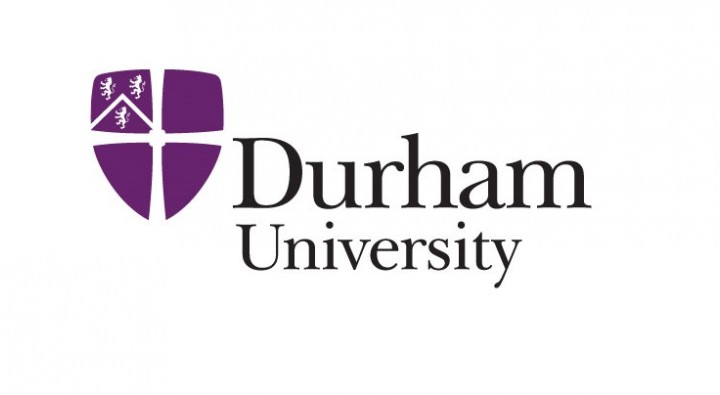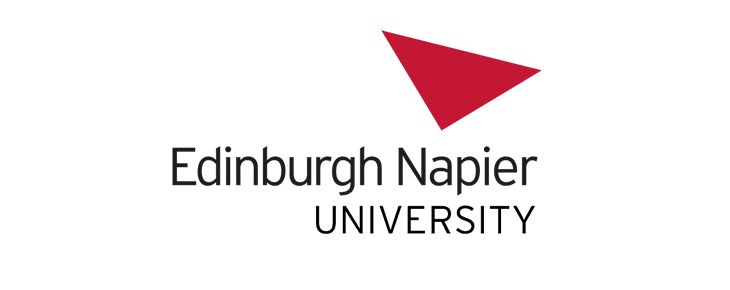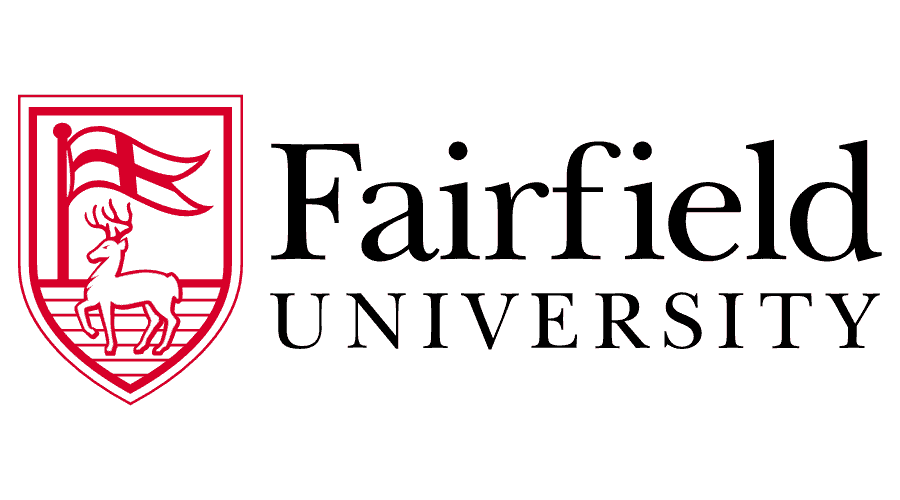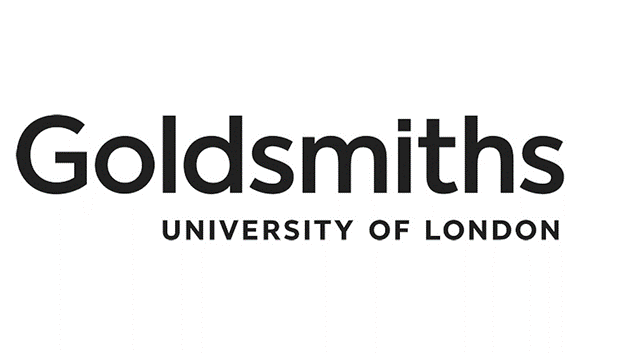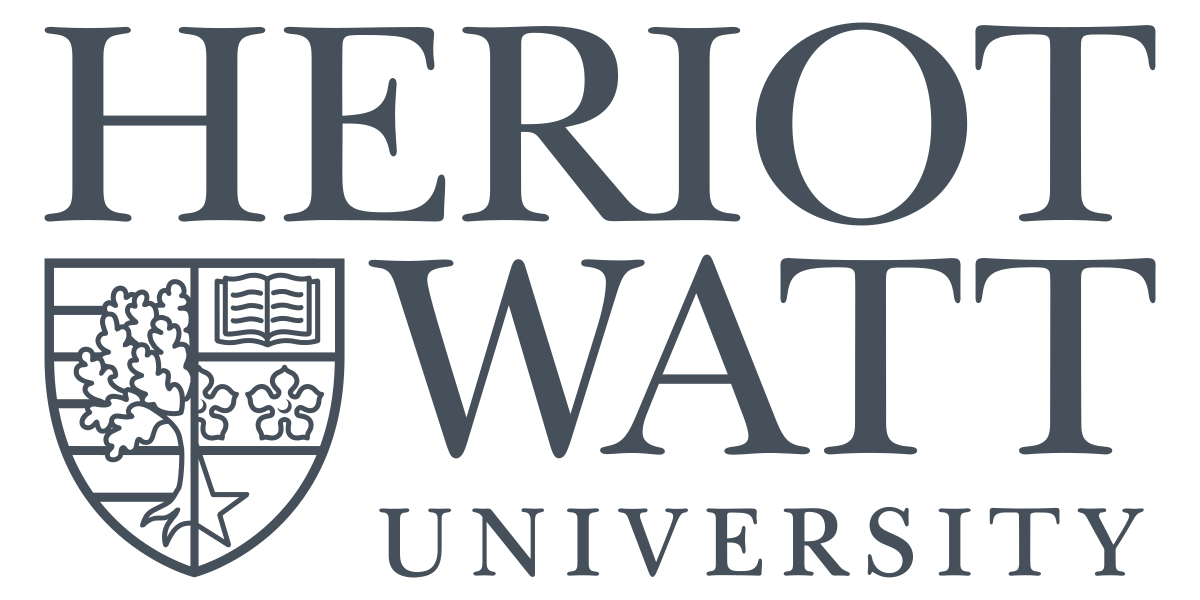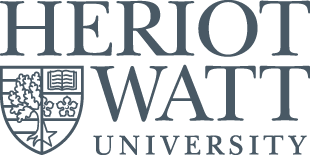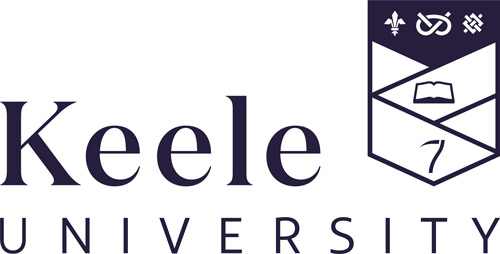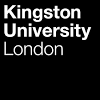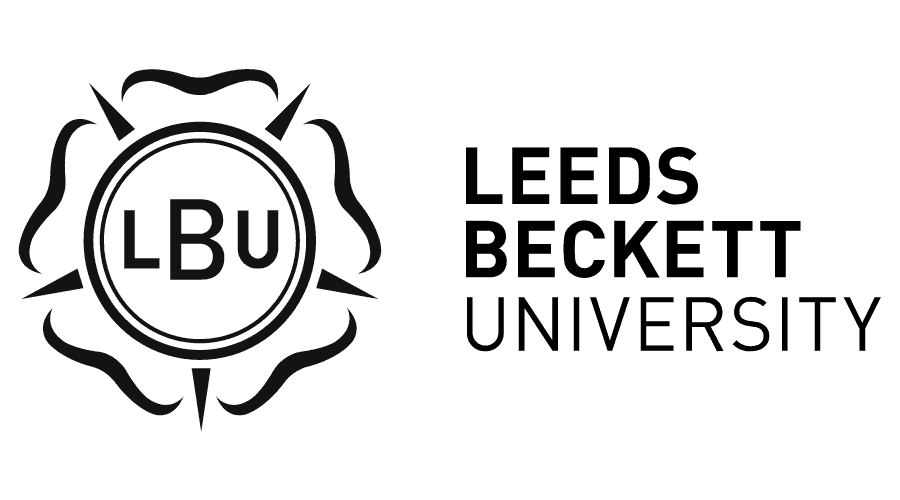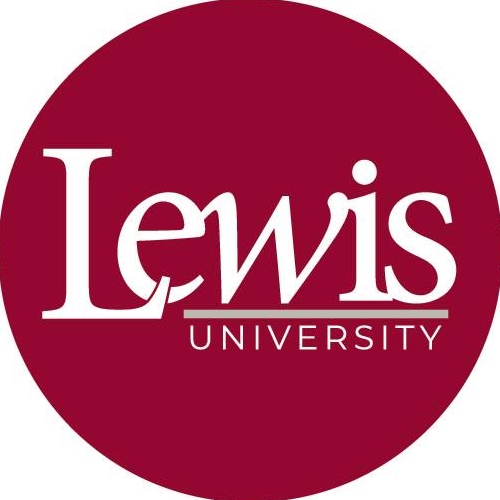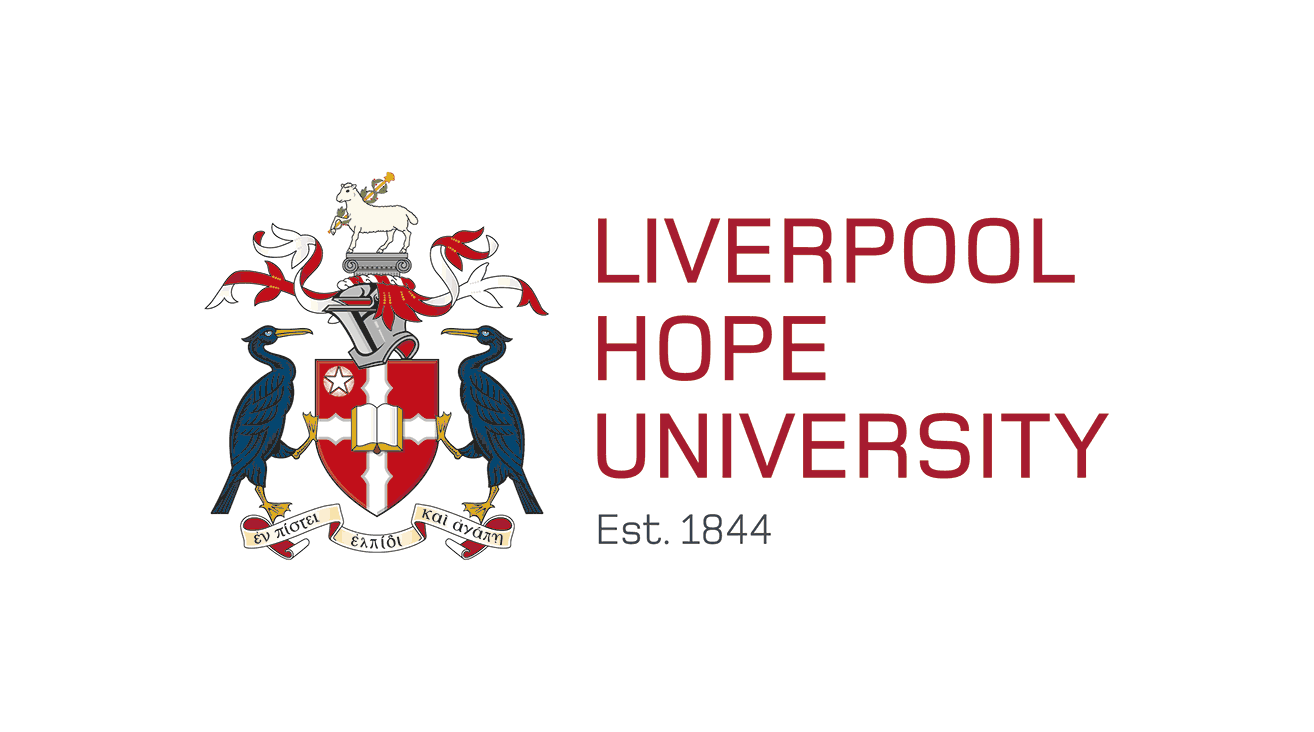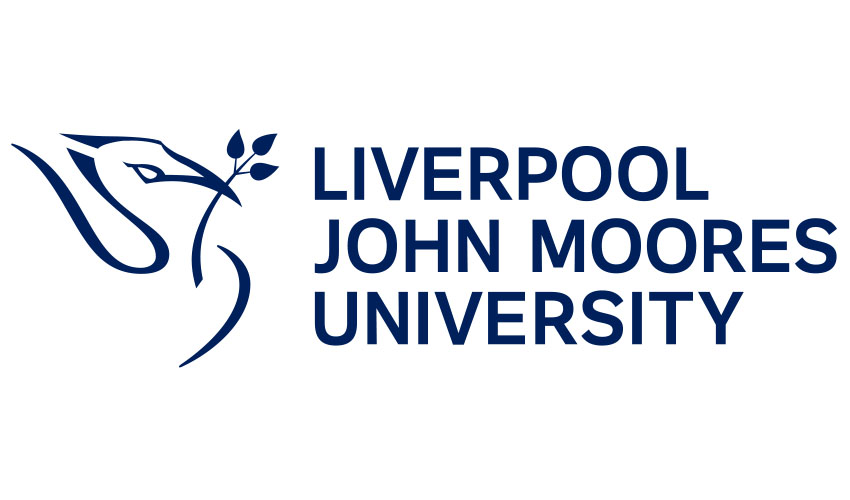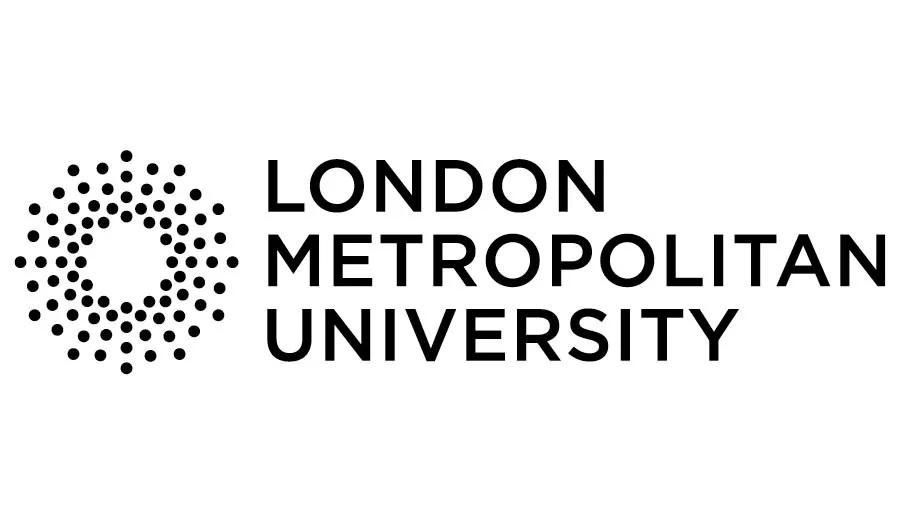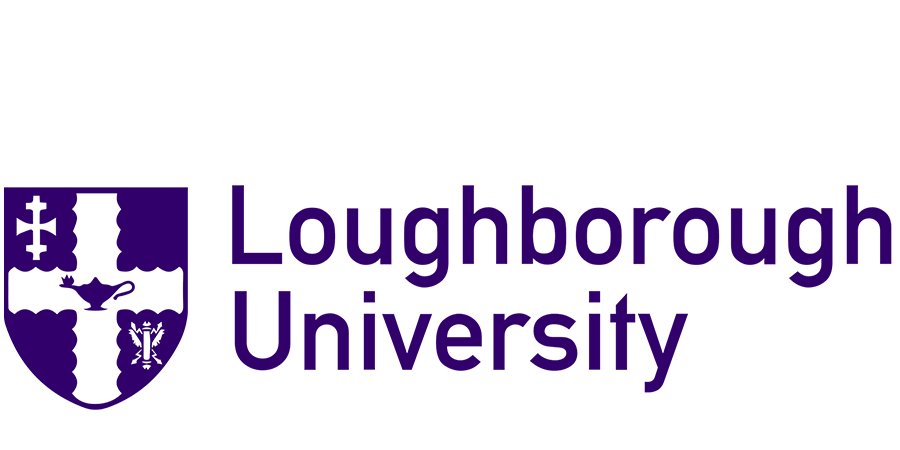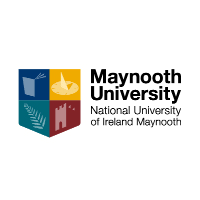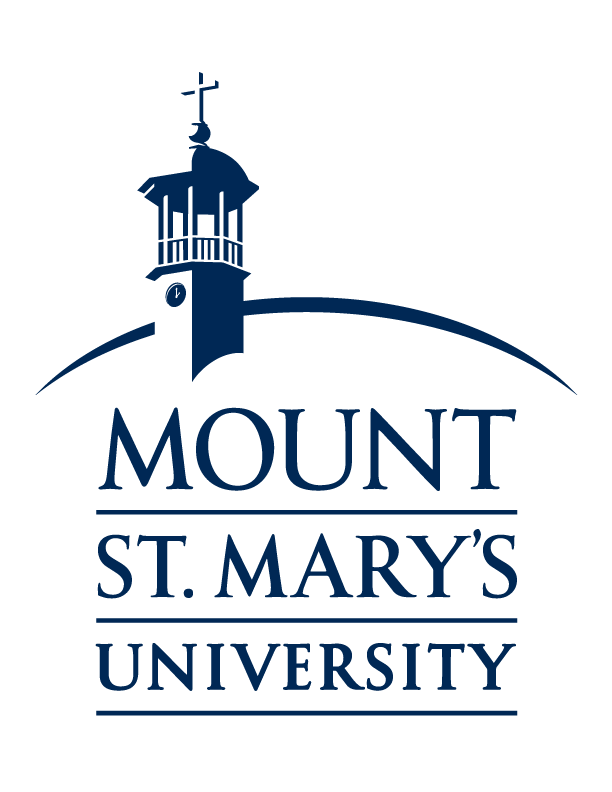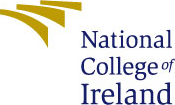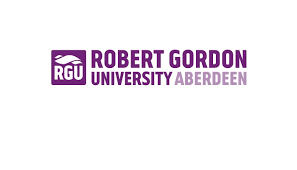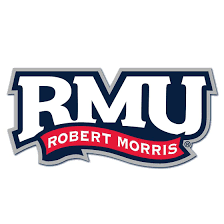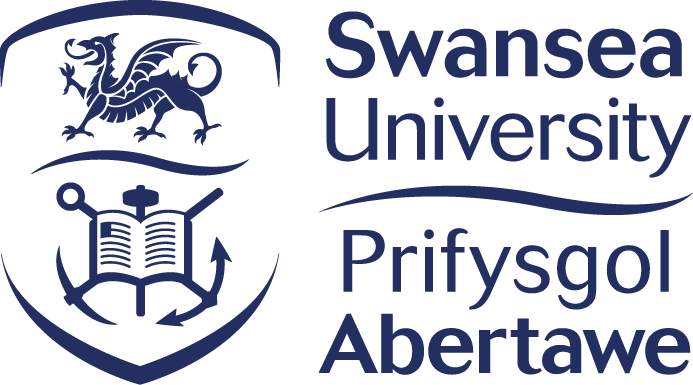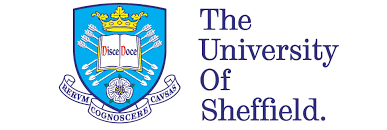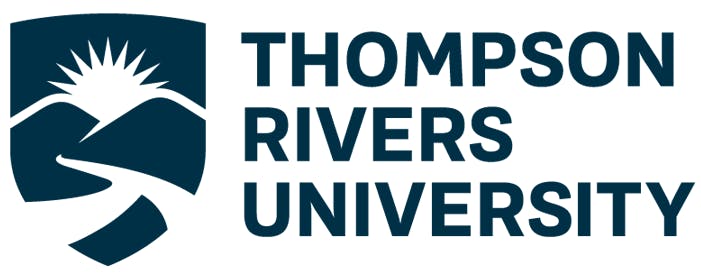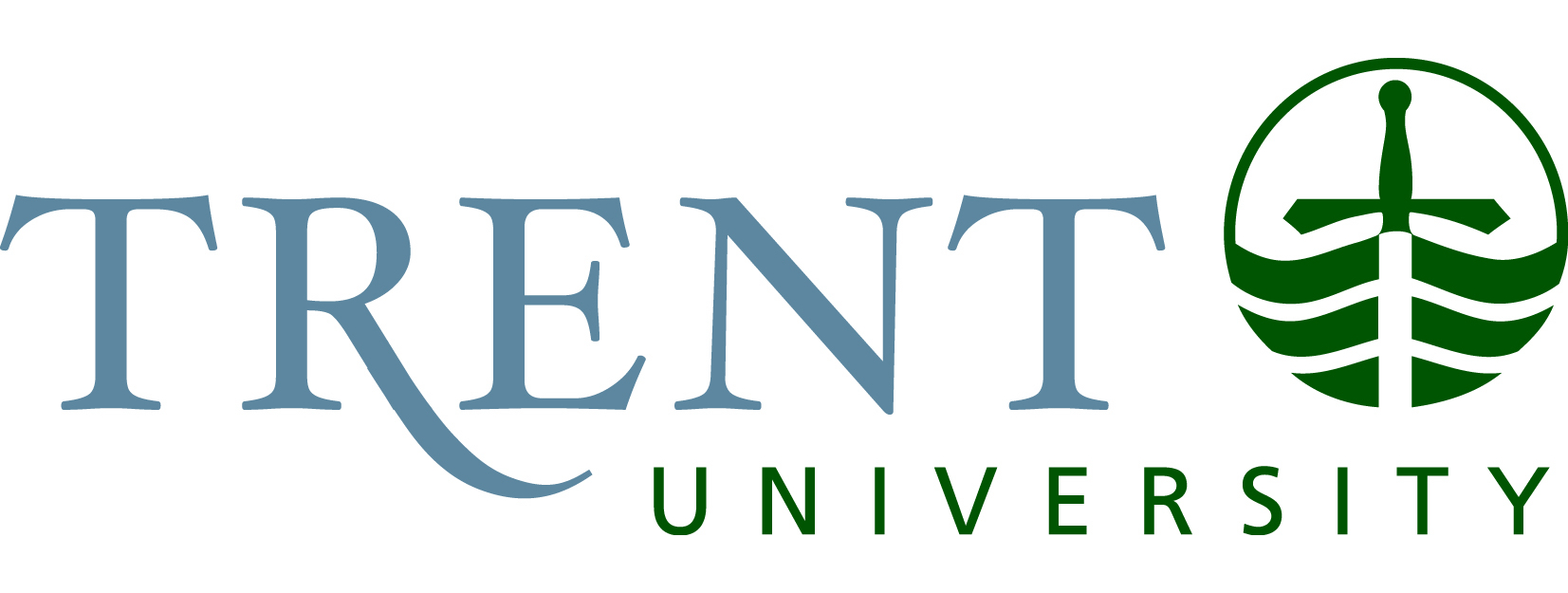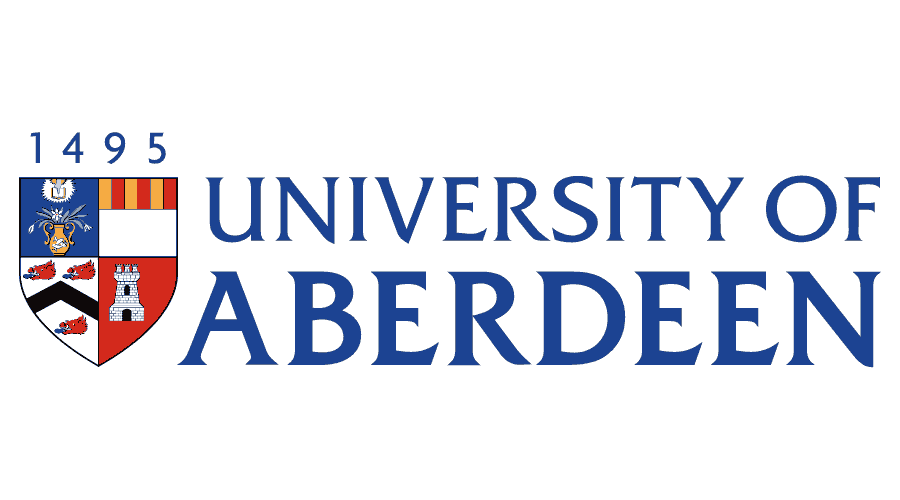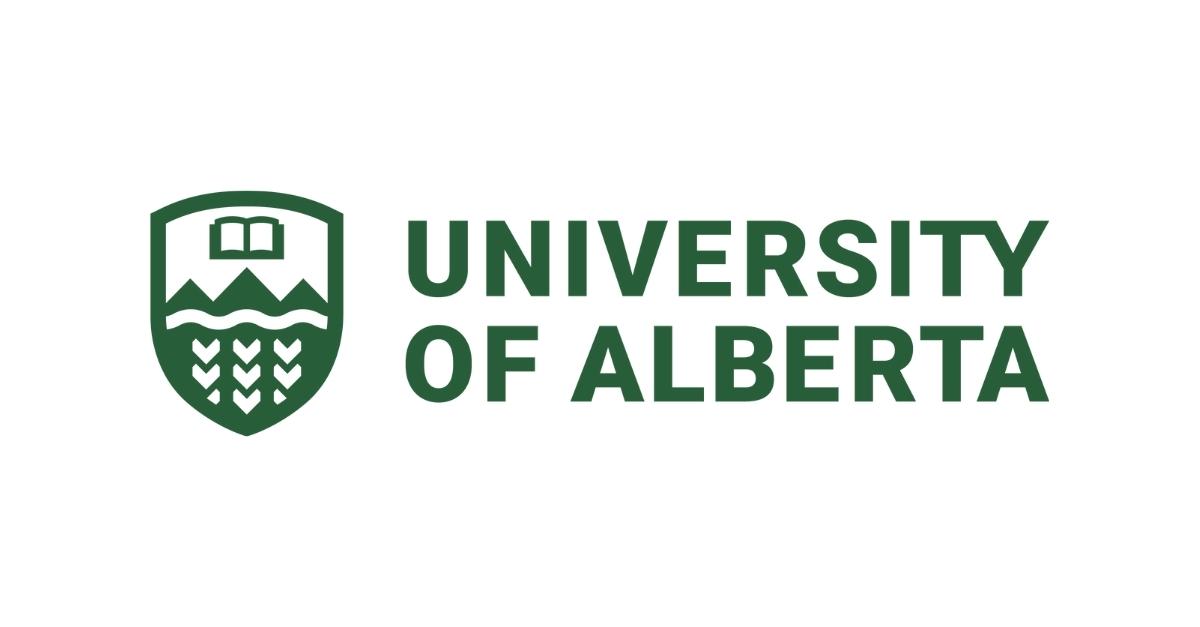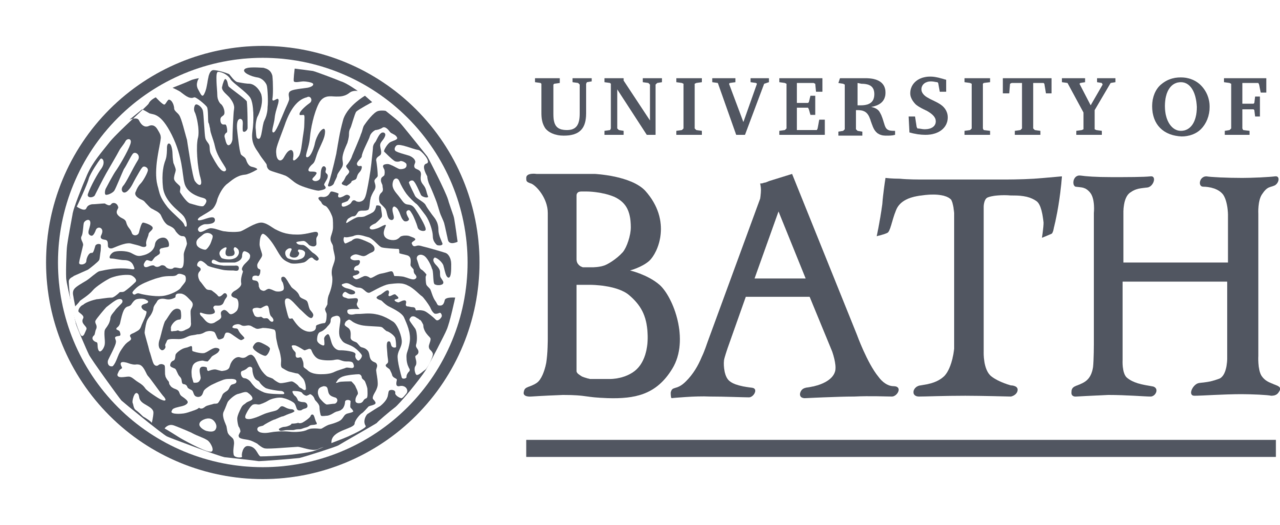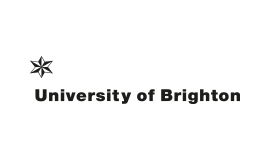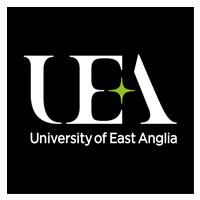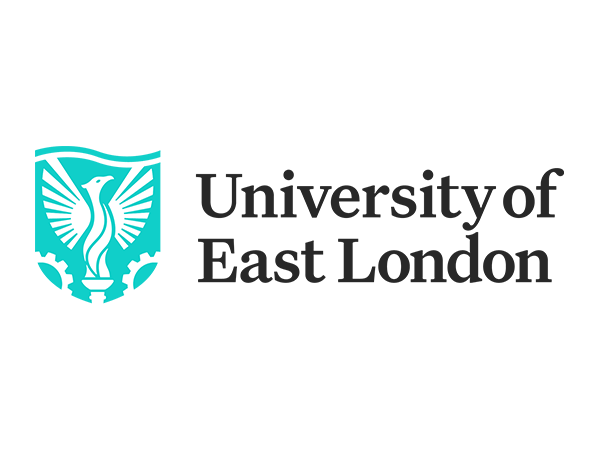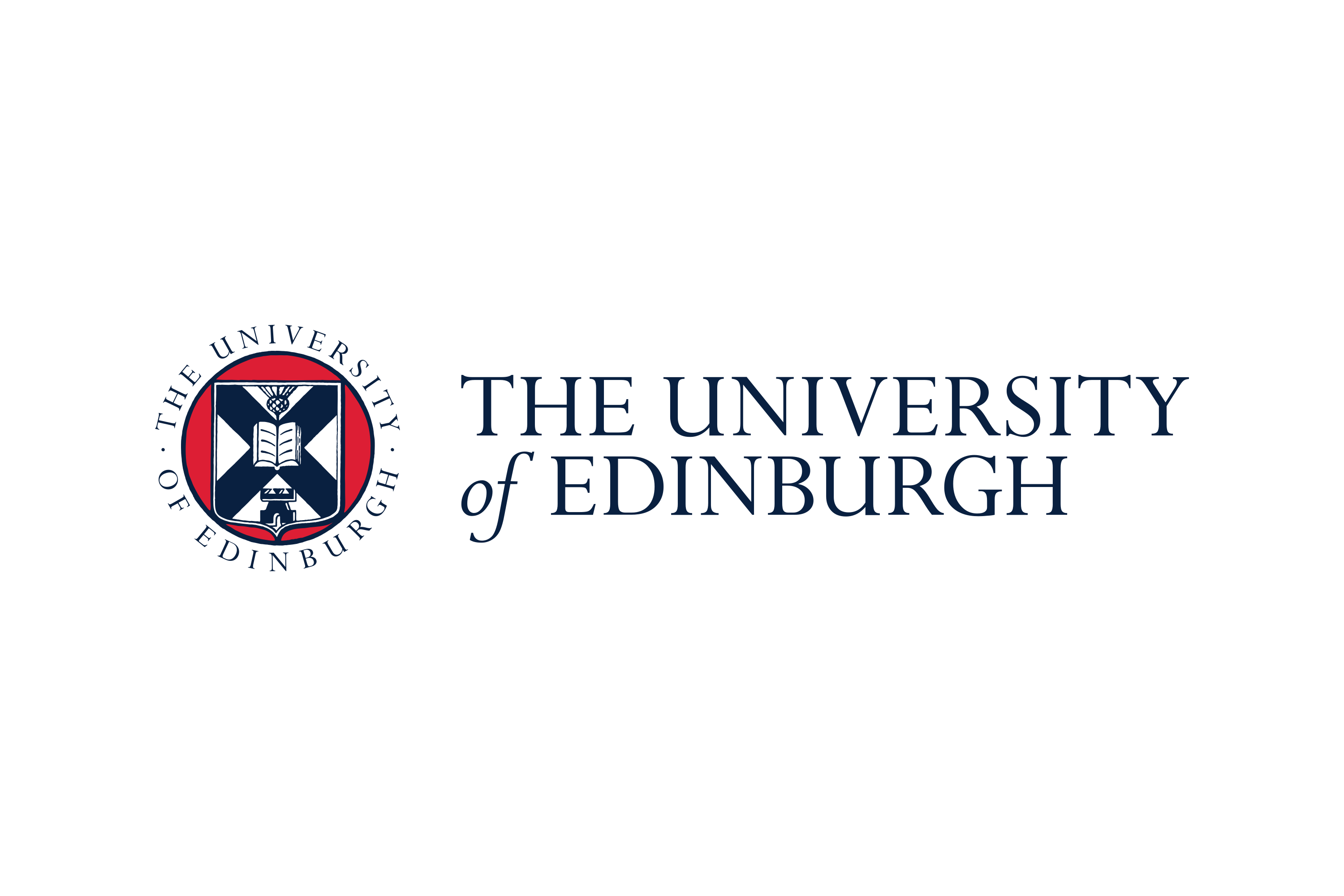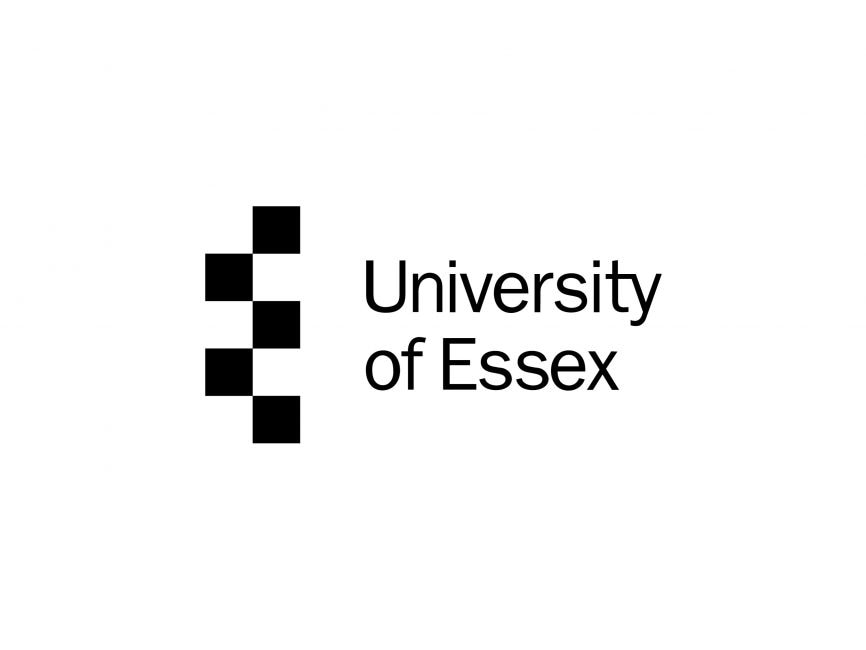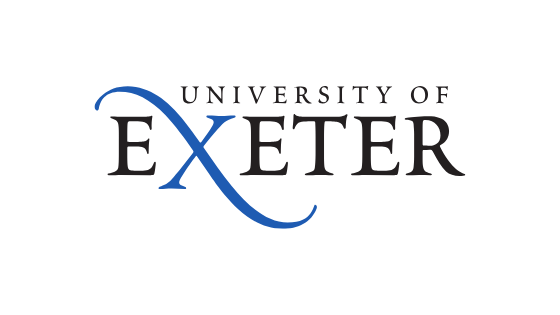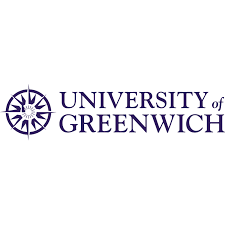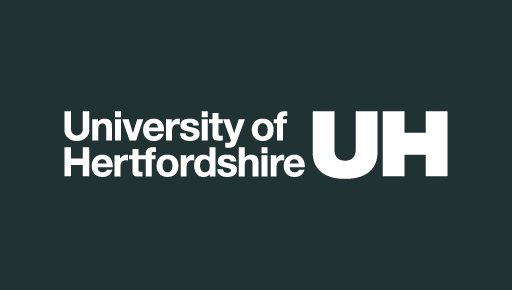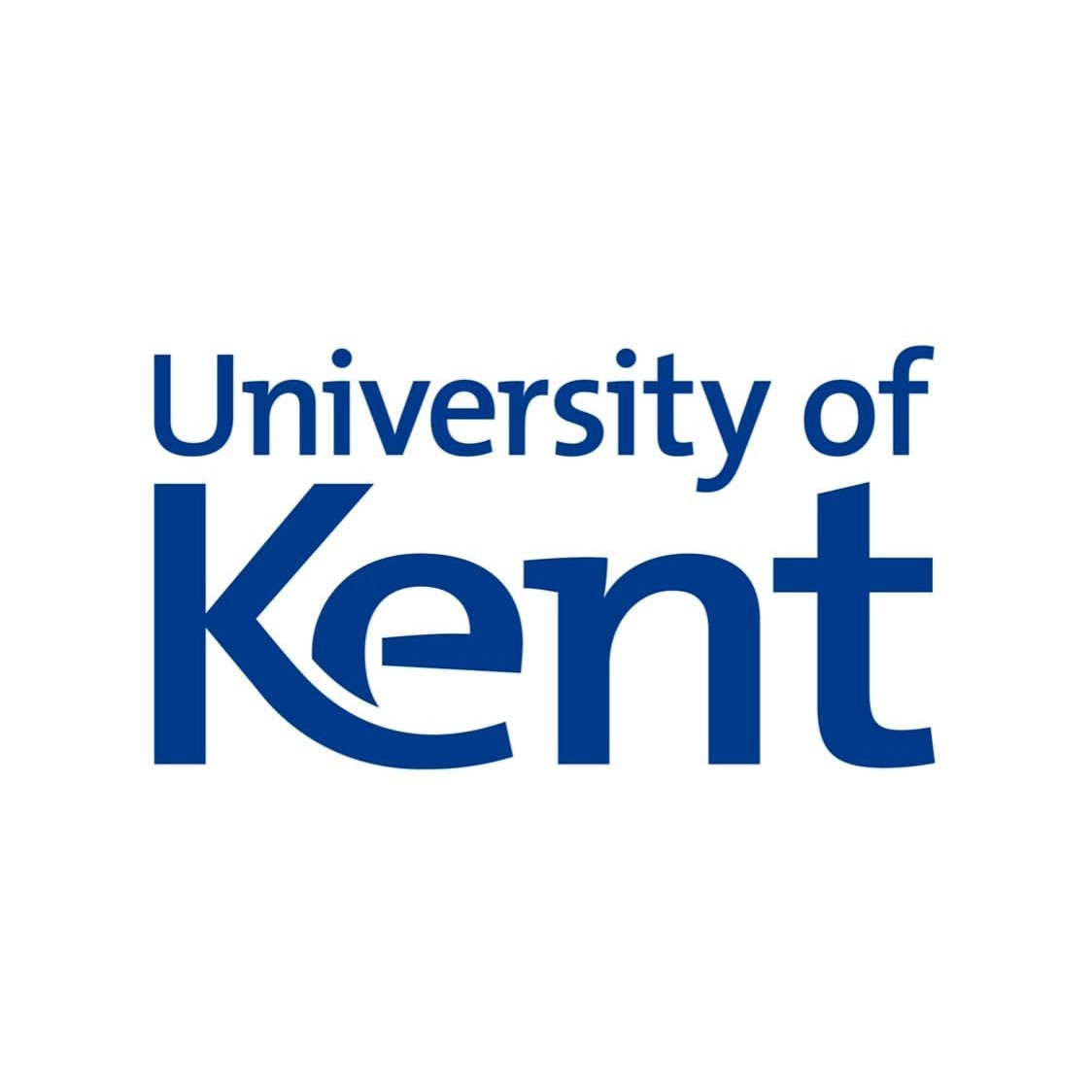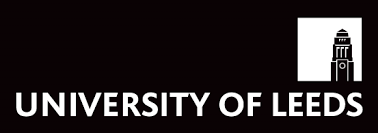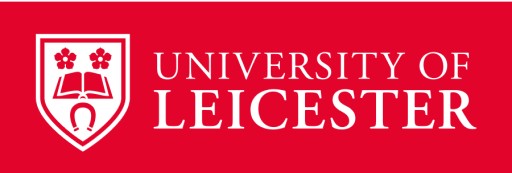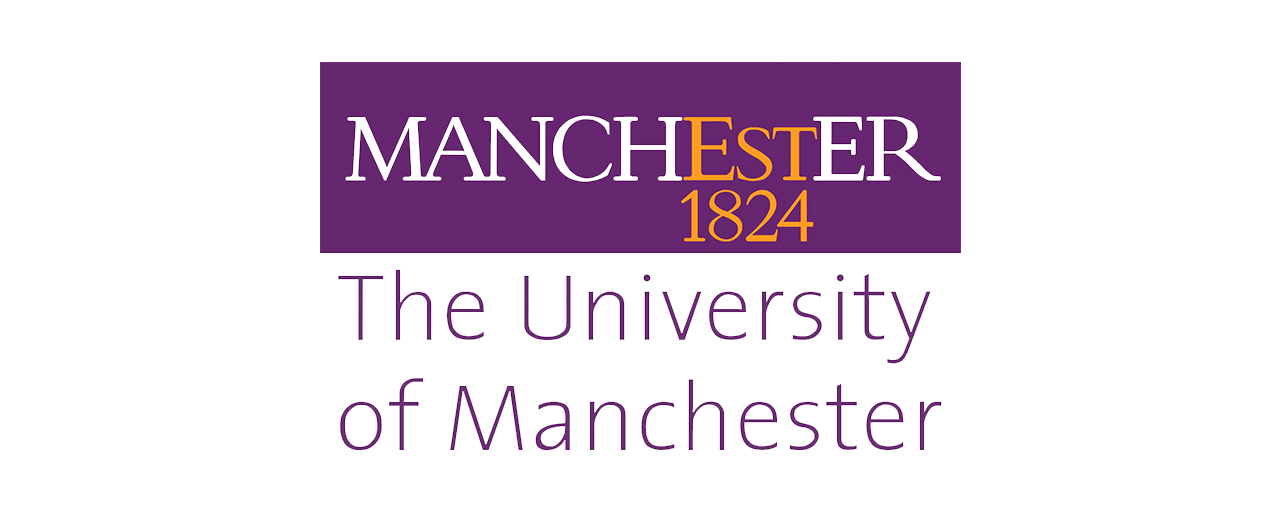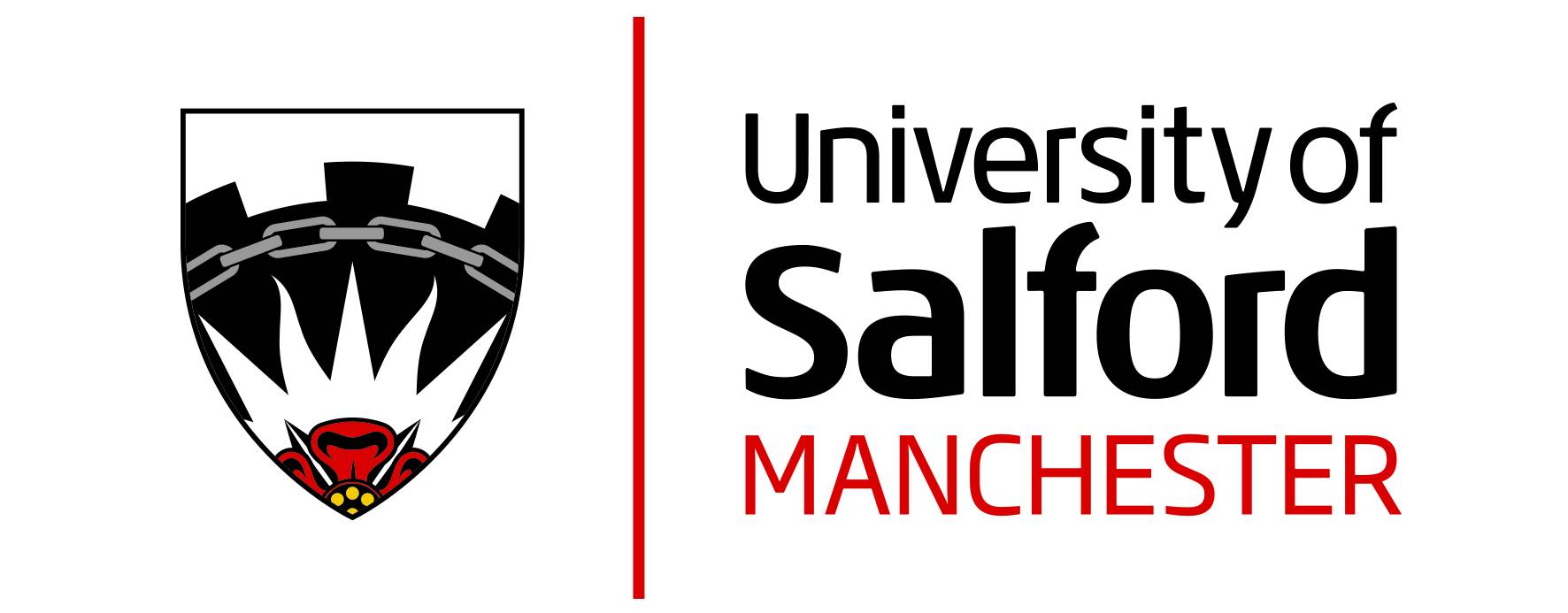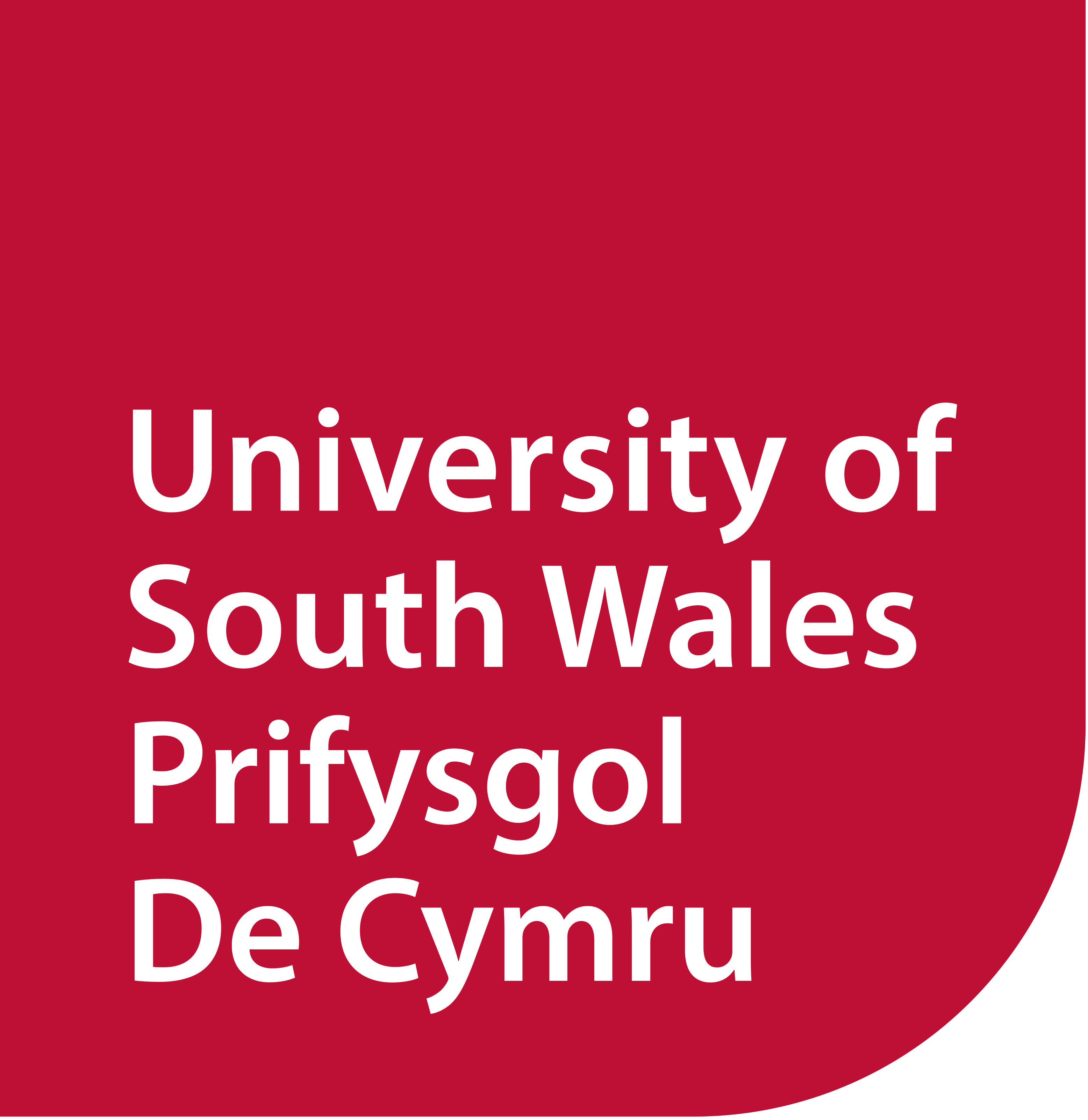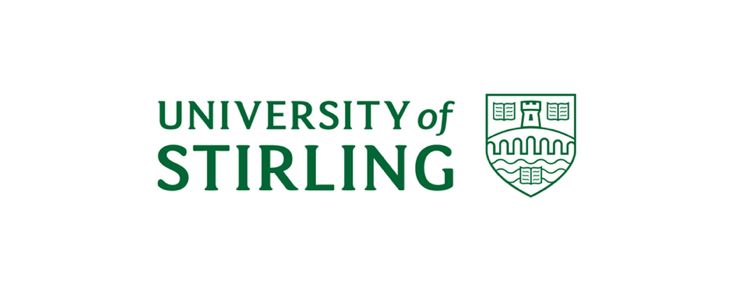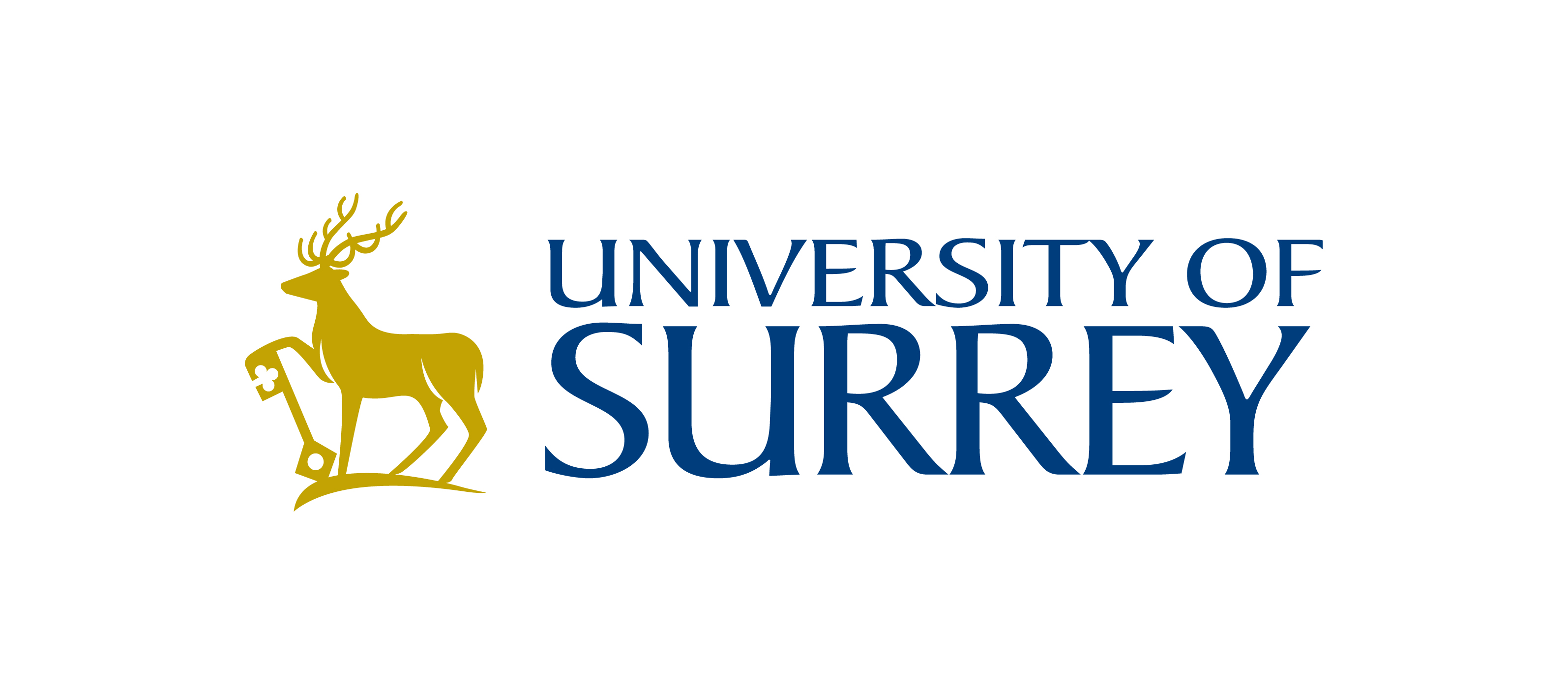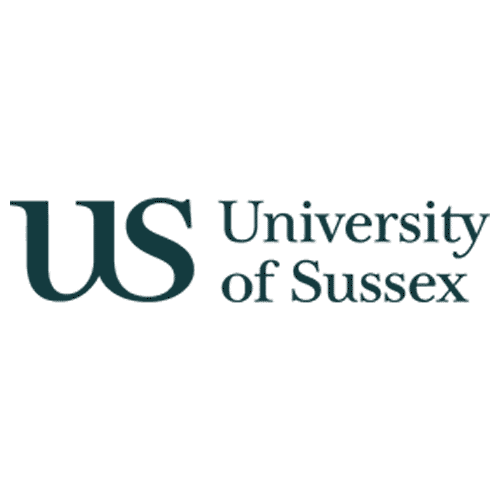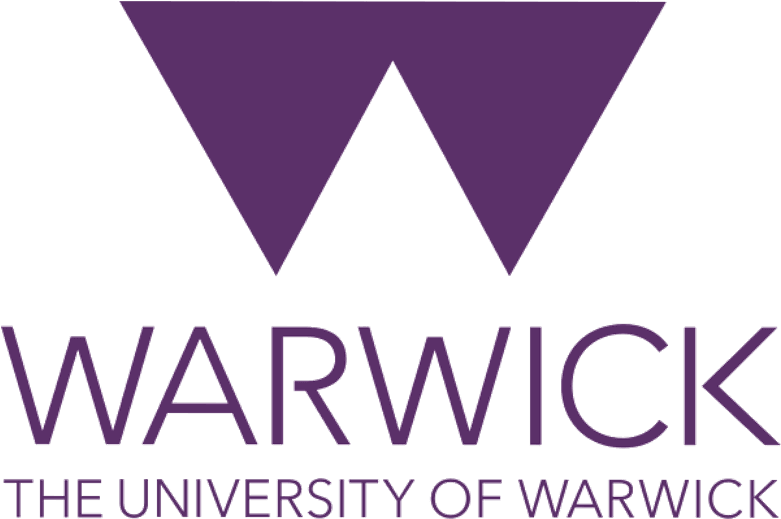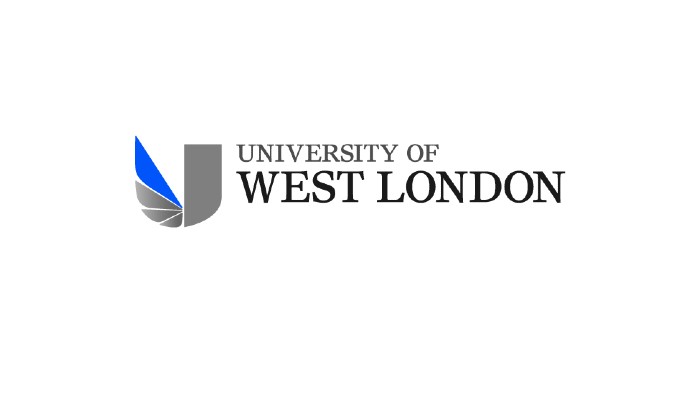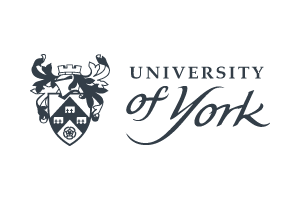Data Science Course Abroad: Unlock Your Future in Analytics and AI
Data Science is one of the most sought-after fields in today's digital world. It combines statistics, programming, and domain expertise to extract insights from vast amounts of data. For Indian students aspiring to study abroad, pursuing a Data Science course opens doors to global opportunities in tech giants, finance, healthcare, and more. With India's booming IT sector and increasing demand for data professionals, this degree can propel your career both internationally and back home.
Whether you're a fresher or a working professional, studying Data Science abroad equips you with cutting-edge skills in machine learning, big data, and artificial intelligence (AI). Top universities in countries like the USA, UK, Canada, Australia, and Germany offer world-class programs tailored for international students, including those from India. This page guides you through everything you need to know about Data Science courses abroad, from program details to career prospects.
Why Choose Data Science Abroad?
India produces millions of engineering graduates annually, but the global edge comes from international exposure. Studying Data Science abroad provides:
- Advanced Curriculum: Access to state-of-the-art labs, industry partnerships, and research in AI and predictive analytics.
- Global Network: Connect with diverse peers and professors, building a network that spans continents.
- Higher Employability: Degrees from abroad are highly valued by Indian recruiters like TCS, Infosys, and startups in Bengaluru and Hyderabad.
- Visa and Work Opportunities: Post-study work visas in countries like Canada (up to 3 years) allow you to gain practical experience.
- Cultural Immersion: Enhance soft skills like communication and adaptability, crucial for leadership roles.
The global data science market is projected to reach $230 billion by 2026, with India contributing significantly. An international degree positions you at the forefront of this growth.
Top Destinations for Data Science Programs
Indian students flock to these countries for their quality education and supportive policies for international learners. Here's a quick overview:
| Country | Top Universities | Average Tuition (INR per year) | Post-Study Work Visa |
|---|---|---|---|
| USA | MIT, Stanford, Carnegie Mellon | 25-40 lakhs | OPT (1-3 years) |
| UK | Imperial College, University of Edinburgh | 20-30 lakhs | Graduate Route (2 years) |
| Canada | University of Toronto, UBC | 15-25 lakhs | PGWP (up to 3 years) |
| Australia | University of Melbourne, ANU | 18-28 lakhs | Temporary Graduate Visa (2-4 years) |
| Germany | Technical University of Munich, Heidelberg University | Free or low (5-10 lakhs) | 18 months job search visa |
Germany stands out for its tuition-free public universities, making it budget-friendly for Indian students. The USA offers unparalleled research opportunities, while Canada's multicultural environment eases the transition for South Asians.
Popular Data Science Programs for Indian Students
Data Science courses abroad are available at bachelor's, master's, and PhD levels. Most Indian students opt for master's programs (MSc in Data Science or MS in Analytics), lasting 1-2 years. Key programs include:
- MSc Data Science at University of Edinburgh (UK): Focuses on machine learning and big data; includes a 3-month industry project.
- MS in Data Science at Stanford University (USA): Emphasizes AI ethics and real-world applications; strong ties with Silicon Valley firms.
- Master of Data Science at University of Toronto (Canada): Integrates statistics and computer science; co-op options for paid internships.
- MSc Data Science at University of Melbourne (Australia): Covers visualization and predictive modeling; flexible online modules for working pros.
- MSc in Data Science at TU Munich (Germany): Bilingual program with emphasis on European data regulations like GDPR.
Many programs offer specializations such as Business Analytics, Health Data Science, or AI for Finance, aligning with India's diverse economy.
Curriculum and Key Skills You'll Gain
A typical Data Science curriculum abroad is rigorous yet practical, blending theory with hands-on projects. Core subjects include:
- Programming Fundamentals: Python, R, SQL for data manipulation.
- Statistics and Mathematics: Probability, linear algebra, hypothesis testing.
- Machine Learning: Supervised/unsupervised learning, neural networks.
- Big Data Technologies: Hadoop, Spark, cloud platforms like AWS or Azure.
- Data Visualization: Tools like Tableau, Power BI for storytelling with data.
- Ethics and Domain Applications: Bias in AI, case studies in healthcare or e-commerce.
Expect capstone projects where you'll analyze real datasets, perhaps from Indian contexts like predicting monsoon impacts or optimizing supply chains for Flipkart. Skills gained—problem-solving, critical thinking, and communication—make you versatile for roles in India's startup ecosystem or MNCs.
Pro Tip for Indian Students: Familiarize yourself with tools like Jupyter Notebooks during your bachelor's in India to hit the ground running.
Admission Requirements and Application Process
Getting into a Data Science program abroad is competitive but achievable with preparation. Basic requirements for Indian applicants:
- Academic Qualifications: Bachelor's degree in Computer Science, Math, Engineering, or related fields (minimum 60-70% or equivalent GPA).
- Standardized Tests: GRE (for USA/Canada), IELTS/TOEFL (6.5+ band or 90+ score).
- Work Experience: Preferred for master's; 1-2 years in IT or analytics boosts chances.
- SOP and LORs: Strong Statement of Purpose highlighting your interest in data-driven solutions for India's challenges, like urban traffic or agriculture.
- Portfolio: GitHub projects or Kaggle competitions to showcase skills.
Application deadlines are typically December-January for fall intake. Start early—secure transcripts from your Indian university and apply for student visas (F-1 for USA, Tier 4 for UK). Our study abroad counselors can help with personalized guidance.
Scholarships and Financial Aid for Indian Students
Studying abroad doesn't have to break the bank. Numerous scholarships target Indian talent in STEM fields like Data Science:
- Chevening Scholarships (UK): Full coverage for master's; focuses on leadership potential.
- Fulbright-Nehru (USA): Covers tuition and living expenses; open to fresh graduates.
- Vanier Canada Graduate Scholarships: CAD 50,000 annually for research-oriented programs.
- Destination Australia (Australia): AUD 15,000 per year for regional universities.
- DAAD Scholarships (Germany): €934 monthly stipend; ideal for tuition-free studies.
- Indian Government Schemes: ICCR or JN Nehru Memorial Fund for overseas education.
Additionally, university-specific aid like merit-based waivers (up to 50% tuition) and part-time jobs (20 hours/week) help manage costs. Living expenses range from INR 8-15 lakhs per year, depending on the city.
Career Prospects After Data Science Abroad
A Data Science degree abroad catapults your career. Globally, data scientists earn $100,000+ annually, while in India, entry-level salaries start at INR 10-15 lakhs, rising to 30+ lakhs with experience.
Top Job Roles:
- Data Analyst: Interpreting data for business decisions (e.g., at Amazon India).
- Machine Learning Engineer: Building AI models (roles at Google or Microsoft).
- Business Intelligence Developer: Creating dashboards for finance firms like HDFC.
- Data Scientist: Predictive analytics in healthcare (e.g., Apollo Hospitals).
- AI Consultant: Advising startups on data strategies.
With an international degree, 80% of graduates secure jobs within 6 months. Return to India for roles in fintech (Paytm) or e-commerce, or stay abroad via work visas. The skills are transferable—India's data market needs 11 million professionals by 2026!
Student Life and Tips for Success
Adjusting to life abroad can be exciting yet challenging. Indian students often form communities through ISAs (Indian Student Associations). Expect vibrant campuses with Indian food options, festivals like Diwali celebrations, and support for homesickness.
Essential Tips:
- Budget Wisely: Use apps like Splitwise for shared housing; cook Indian meals to save.
- Build Resilience: Join clubs for coding hackathons or yoga to balance studies.
- Leverage Resources: University career centers offer resume workshops tailored for international students.
- Stay Connected: Video call family weekly; explore local Indian diaspora events.
Studying Data Science abroad isn't just about a degree—it's about transforming into a global innovator. With India's digital revolution underway, your expertise will be in high demand. Ready to take the first step? Explore our application services and start your journey today.






